Carnival Hedge Maple
Acer campestre 'Carnival'
Height: 10 feet
Spread: 10 feet
Sunlight:
![]()
![]()
Hardiness Zone: 5
Other Names: Field Maple
Description:
A smaller version of the hedge maple which will certainly draw attention with its small foliage which is pink and white variegated in spring, fading to white variegation only; not as tough as the species. Use in the garden or as a color accent
Ornamental Features
Carnival Hedge Maple has attractive white-variegated green foliage with hints of pink on a plant with an oval habit of growth. The lobed leaves are highly ornamental but do not develop any appreciable fall color.
Landscape Attributes
Carnival Hedge Maple is a multi-stemmed deciduous shrub with a shapely oval form. Its average texture blends into the landscape, but can be balanced by one or two finer or coarser trees or shrubs for an effective composition.
This is a relatively low maintenance shrub, and should only be pruned in summer after the leaves have fully developed, as it may 'bleed' sap if pruned in late winter or early spring. It has no significant negative characteristics.
Carnival Hedge Maple is recommended for the following landscape applications;
- Accent
- General Garden Use
Planting & Growing
Carnival Hedge Maple will grow to be about 10 feet tall at maturity, with a spread of 10 feet. It has a low canopy with a typical clearance of 2 feet from the ground, and is suitable for planting under power lines. It grows at a slow rate, and under ideal conditions can be expected to live for 50 years or more.
This shrub does best in partial shade to full shade. Keep it well away from hot, dry locations that receive direct afternoon sun or which get reflected sunlight, such as against the south side of a white wall. It is very adaptable to both dry and moist locations, and should do just fine under average home landscape conditions. It may require supplemental watering during periods of drought or extended heat. It is not particular as to soil type, but has a definite preference for alkaline soils. It is somewhat tolerant of urban pollution, and will benefit from being planted in a relatively sheltered location. Consider applying a thick mulch around the root zone in both summer and winter to conserve soil moisture and protect it in exposed locations or colder microclimates. This is a selected variety of a species not originally from North America.


